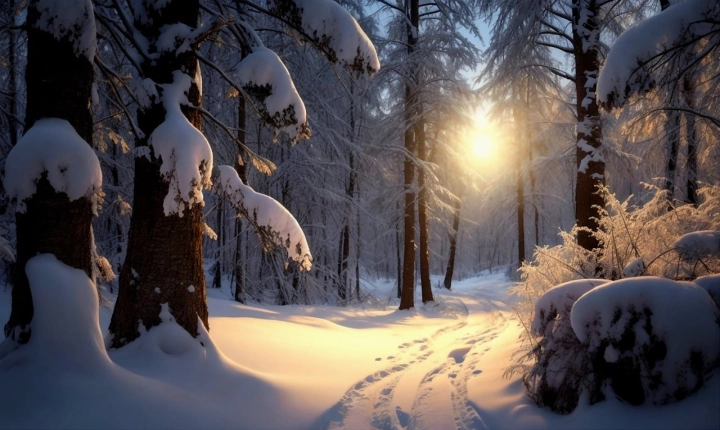Artificial intelligence (AI) has made significant advancements in various fields, including art. AI has the ability to create, analyze, and modify art in ways that were previously unimaginable. In this article, we will explore how AI works in the context of art and its implications for the future of creativity.
AI in art operates through a process known as “generative adversarial networks” (GANs). GANs consist of two neural networks – a generator and a discriminator – that work in tandem to create and evaluate art. The generator creates new pieces of art, while the discriminator evaluates these pieces and provides feedback to the generator. This feedback loop continues until the generator’s creations resemble authentic artwork.
One of the key components of AI art is the use of machine learning algorithms. These algorithms analyze vast amounts of artistic data, such as paintings, sculptures, and music, to understand the underlying patterns and styles. By learning from this data, AI can generate art that mimics the style of famous artists or create entirely new and unique pieces.
Moreover, AI in art can also create art in real-time based on external stimuli, such as music or human input. For example, AI can generate visuals that accompany a piece of music by analyzing its rhythm, tempo, and mood. This real-time generative art opens up new possibilities for interactive and immersive artistic experiences.
The implications of AI in art are far-reaching. AI can provide artists with new tools for creativity, allowing them to explore novel styles and techniques. It also has the potential to democratize art, making it more accessible to a wider audience. Additionally, AI can be used to preserve and restore artworks, analyze art history, and even aid in the creation of art therapy programs.
However, the rise of AI in art also raises ethical and philosophical questions. Can AI truly create art in the same way as humans? How does AI-generated art fit into the traditional art world? These questions challenge our understanding of what it means to be creative and may redefine the boundaries of human expression.
In conclusion, AI has revolutionized the art world by introducing new methods of artistic creation and expression. Through the use of generative adversarial networks and machine learning algorithms, AI can generate art that rivals the work of human artists. While the implications of AI in art are profound, they also pose complex questions about creativity, originality, and the future of artistic expression. As AI continues to evolve, its impact on the art world will undoubtedly be a topic of ongoing debate and exploration.
